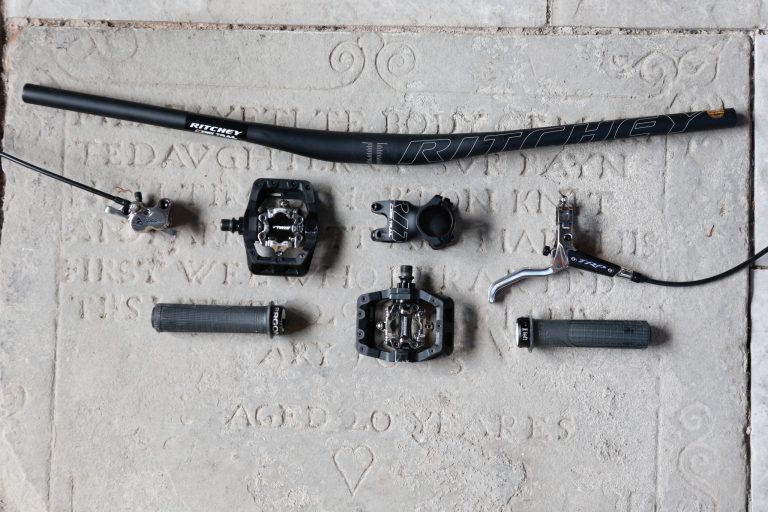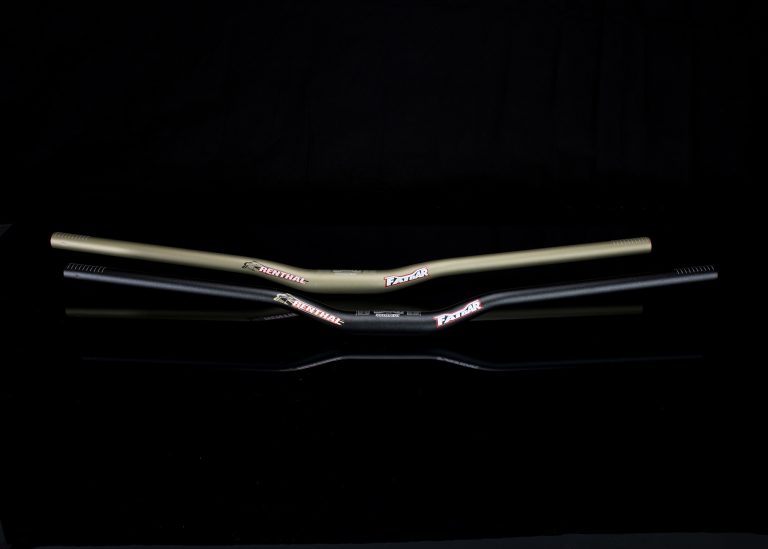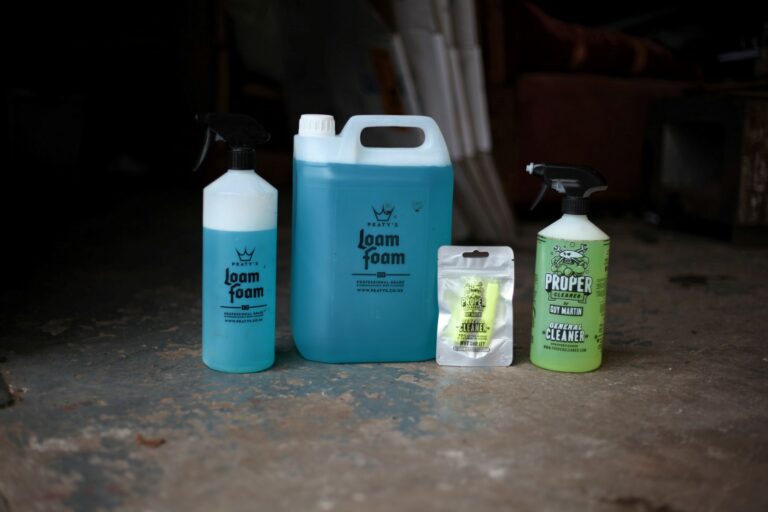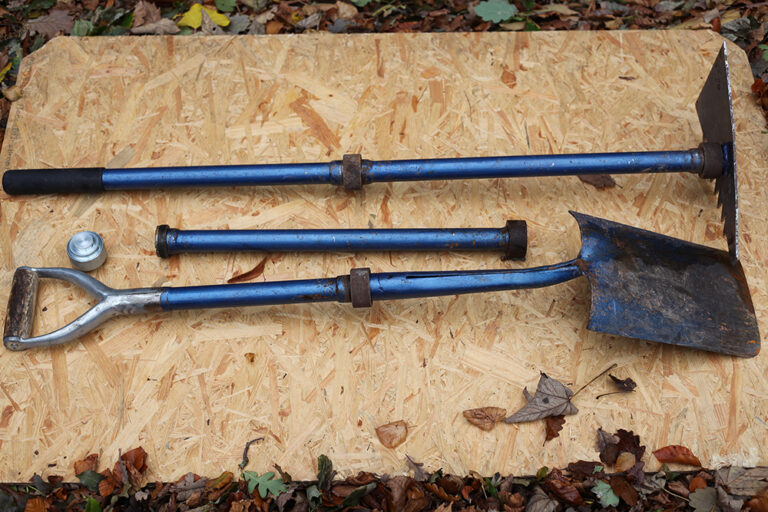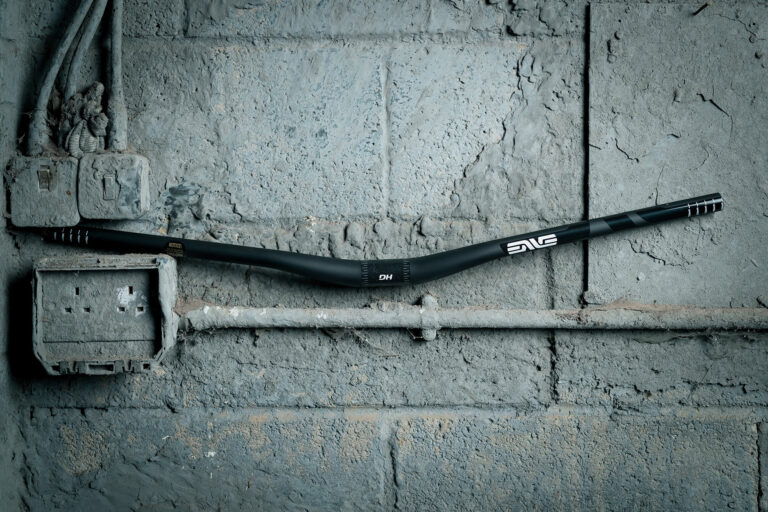
Some may say that the flat pedal is slightly primitive compared to clipping–in, and I suppose it is, but I don’t think there will ever be a day when they’re not loved by many a rider as they will always offer something that an SPD can’t…
From Dirt Issue 121 – March 2012
Words and Photos by Ed Haythornthwaite.
It has to be said too that the humble flat pedal has come an awful long way, and although the overall concept might be a little primitive there’s no way you can say that about recent designs. With its parallelogram rather than cage design Shimano’s DX pedal was something of a revelation when it first appeared in the early 80’s, but in the past few years in particular we’ve seen that general design taken to a whole new level by other companies. With flat pedals being better than ever, and the shoes that we use with them, we’re now blessed with the kind of performance that early DX users can have only dreamt of.
So what makes a good flat pedal? Well like most products it’s a combination of a whole load of things. Most important has to be grip though because without a decent level of it a pedal is pretty much worthless. The placement of the pins and the shape of the platform play a part in more than just the grip stakes though, they’re also responsible for the way a pedal feels. Some designs just feel right whilst others don’t, and you only have to stand on a pair that don’t to realise just how important feel is.
Once you’ve dealt with grip and feel it’s a case of looking for the kind of things that you’d look for in any good bike product, i.e. a good strength to weight ratio (because spinning heavy pedals definitely uses more energy, but on the other hand pedals take a beating) and decent longevity. As long as the platform and axle are suitably strong then that last point pretty much comes down to the quality of the bearings/bushings and how well designed the pins are. Some bearings and bushings last longer than others but all of them will eventually wear out, especially if you don’t give them a bit of love every now and again, but they’re pretty much all replaceable these days so if you’ve got a nice set of pedals that are getting a bit wobbly then it’s possibly worth getting that done rather than buying a new set. That said, one of the big killers of a pair of flats is ripped out pins or ones that are so mangled that they can’t be removed. Luckily for us manufacturers seem to be finding ways around this problem, and in that respect the likes of Burgtec and Twenty6 are leading the way.
Lastly, and by no mean least, is the issue of thickness. The big trend these days seems to be to go thinner and thinner. Yes you get increased ground clearance, lower centre of gravity, less pedal roll and less of a dead spot in your pedal stroke, but it does come at a price. Obviously if you make a pedal super thin there’s not much room for any kind of bearing. The most common solution now to that problem is to fit a big bearing flush up against the crank arm, and it works, but riders who run their feet close to the cranks find it uncomfortable and off putting. Only you’ll know if you’ll get on with the design or not, it’s definitely a personal thing. Oh, and the same can be said for splashing out on titanium axles. If you’re minted and you want to save a bit of weight then go for it, but if not then don’t worry because at most you’ll save 80g.
Anyway, here’s our current pick of the crop…


